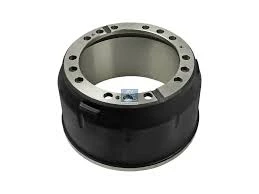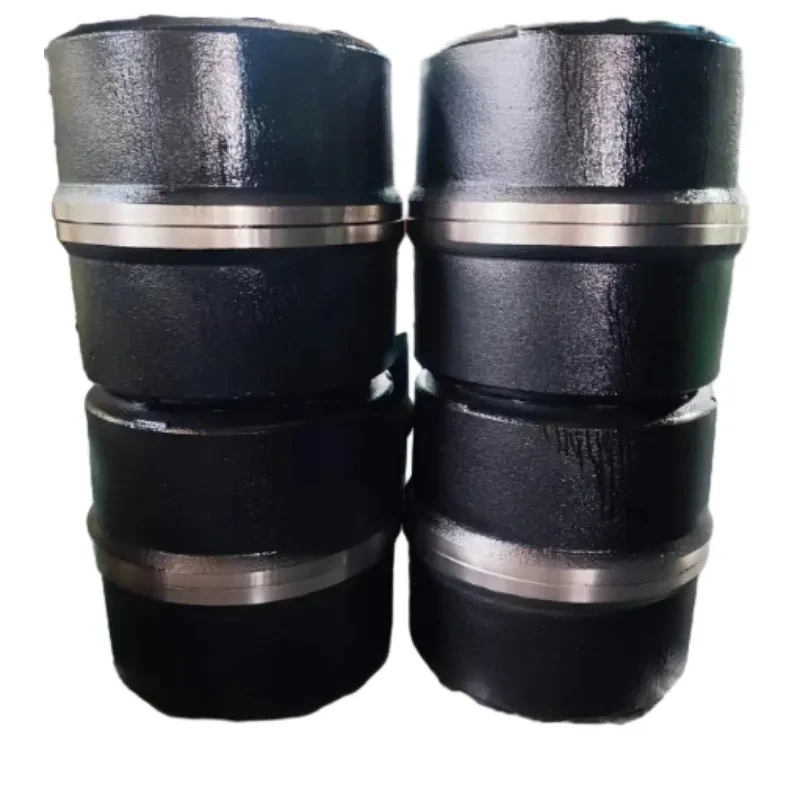
-
 Afrikaans
Afrikaans -
 Albanian
Albanian -
 Amharic
Amharic -
 Arabic
Arabic -
 Armenian
Armenian -
 Azerbaijani
Azerbaijani -
 Basque
Basque -
 Belarusian
Belarusian -
 Bengali
Bengali -
 Bosnian
Bosnian -
 Bulgarian
Bulgarian -
 Catalan
Catalan -
 Cebuano
Cebuano -
 Corsican
Corsican -
 Croatian
Croatian -
 Czech
Czech -
 Danish
Danish -
 Dutch
Dutch -
 Anglès
Anglès -
 Esperanto
Esperanto -
 Estonian
Estonian -
 Finnish
Finnish -
 French
French -
 Frisian
Frisian -
 Galician
Galician -
 Georgian
Georgian -
 German
German -
 Greek
Greek -
 Gujarati
Gujarati -
 Haitian Creole
Haitian Creole -
 hausa
hausa -
 hawaiian
hawaiian -
 Hebrew
Hebrew -
 Hindi
Hindi -
 Miao
Miao -
 Hungarian
Hungarian -
 Icelandic
Icelandic -
 igbo
igbo -
 Indonesian
Indonesian -
 irish
irish -
 Italian
Italian -
 Japanese
Japanese -
 Javanese
Javanese -
 Kannada
Kannada -
 kazakh
kazakh -
 Khmer
Khmer -
 Rwandese
Rwandese -
 Korean
Korean -
 Kurdish
Kurdish -
 Kyrgyz
Kyrgyz -
 Lao
Lao -
 Latin
Latin -
 Latvian
Latvian -
 Lithuanian
Lithuanian -
 Luxembourgish
Luxembourgish -
 Macedonian
Macedonian -
 Malgashi
Malgashi -
 Malay
Malay -
 Malayalam
Malayalam -
 Maltese
Maltese -
 Maori
Maori -
 Marathi
Marathi -
 Mongolian
Mongolian -
 Myanmar
Myanmar -
 Nepali
Nepali -
 Norwegian
Norwegian -
 Norwegian
Norwegian -
 Occitan
Occitan -
 Pashto
Pashto -
 Persian
Persian -
 Polish
Polish -
 Portuguese
Portuguese -
 Punjabi
Punjabi -
 Romanian
Romanian -
 Russian
Russian -
 Samoan
Samoan -
 Scottish Gaelic
Scottish Gaelic -
 Serbian
Serbian -
 Sesotho
Sesotho -
 Shona
Shona -
 Sindhi
Sindhi -
 Sinhala
Sinhala -
 Slovak
Slovak -
 Slovenian
Slovenian -
 Somali
Somali -
 Spanish
Spanish -
 Sundanese
Sundanese -
 Swahili
Swahili -
 Swedish
Swedish -
 Tagalog
Tagalog -
 Tajik
Tajik -
 Tamil
Tamil -
 Tatar
Tatar -
 Telugu
Telugu -
 Thai
Thai -
 Turkish
Turkish -
 Turkmen
Turkmen -
 Ukrainian
Ukrainian -
 Urdu
Urdu -
 Uighur
Uighur -
 Uzbek
Uzbek -
 Vietnamese
Vietnamese -
 Welsh
Welsh -
 Bantu
Bantu -
 Yiddish
Yiddish -
 Yoruba
Yoruba -
 Zulu
Zulu
febr. . 15, 2025 01:25
Tornar a la llista
drum brake vs disc brake
When choosing a brake system for a vehicle, understanding the differences between drum brakes and disc brakes is crucial for both safety and performance. This discussion seeks to break down the details of both braking systems through the lenses of experience, expertise, authoritativeness, and trustworthiness.
Experts point out that the maintenance of disc brakes is generally more straightforward. Unlike drum brakes, diagnosing and replacing worn parts often requires less time and less stress for the owners and technicians alike, enhancing their appeal for long-term ownership. Moreover, technology enthusiasts are aware that disc brakes are now more likely to accommodate advanced systems such as ABS (anti-lock braking systems) and electronic stability control, features that greatly enhance safety. From the viewpoint of authoritative automotive analysts, the trend is a clear shift towards disc brakes across various vehicle types—from small sedans to heavy trucks—due to advancements in automotive technology and consumer expectations. Although the initial installation cost is typically higher compared to drum brakes, disc brakes offer far better performance in return, which is a compelling proposition for manufacturers and consumers prioritizing efficiency and safety. Trustworthy consumer reports frequently echo these sentiments, consistently rating vehicles equipped with four-wheel disc brakes higher in terms of safety features compared to those with rear drum brakes. Detailed studies demonstrate that vehicles with disc brakes have shorter stopping distances and provide better pedal feel and feedback, which are crucial during emergency stops. In conclusion, while drum brakes still play a role in certain vehicle segments, particularly among cost-sensitive buyers, the transition towards disc brakes seems inevitable due to their clear advantages in performance and safety. Both consumers and manufacturers recognize the critical importance of reliable braking systems, which underpin the advancement of modern automotive design. In making an informed decision, drivers should consider their own driving habits, environmental conditions, and vehicle usage patterns alongside these technological nuances to ensure they select the braking system that best meets their needs. Ultimately, as automotive technology continues to evolve, the choice between drum and disc brakes will reflect both personal preference and globally recognized standards of automotive excellence.


Experts point out that the maintenance of disc brakes is generally more straightforward. Unlike drum brakes, diagnosing and replacing worn parts often requires less time and less stress for the owners and technicians alike, enhancing their appeal for long-term ownership. Moreover, technology enthusiasts are aware that disc brakes are now more likely to accommodate advanced systems such as ABS (anti-lock braking systems) and electronic stability control, features that greatly enhance safety. From the viewpoint of authoritative automotive analysts, the trend is a clear shift towards disc brakes across various vehicle types—from small sedans to heavy trucks—due to advancements in automotive technology and consumer expectations. Although the initial installation cost is typically higher compared to drum brakes, disc brakes offer far better performance in return, which is a compelling proposition for manufacturers and consumers prioritizing efficiency and safety. Trustworthy consumer reports frequently echo these sentiments, consistently rating vehicles equipped with four-wheel disc brakes higher in terms of safety features compared to those with rear drum brakes. Detailed studies demonstrate that vehicles with disc brakes have shorter stopping distances and provide better pedal feel and feedback, which are crucial during emergency stops. In conclusion, while drum brakes still play a role in certain vehicle segments, particularly among cost-sensitive buyers, the transition towards disc brakes seems inevitable due to their clear advantages in performance and safety. Both consumers and manufacturers recognize the critical importance of reliable braking systems, which underpin the advancement of modern automotive design. In making an informed decision, drivers should consider their own driving habits, environmental conditions, and vehicle usage patterns alongside these technological nuances to ensure they select the braking system that best meets their needs. Ultimately, as automotive technology continues to evolve, the choice between drum and disc brakes will reflect both personal preference and globally recognized standards of automotive excellence.
Anterior:
Pròxim:
Últimes notícies
-
Why Choosing the Right Brake Drum Manufacturer Matters for Vehicle Safety and PerformanceNotíciesJun.05,2025
-
Understanding Heavy Duty Brake Drums: Key to Truck Safety and PerformanceNotíciesJun.05,2025
-
Reliable Braking Systems: Rear and Trailer Drum Brake Solutions for Heavy-Duty ApplicationsNotíciesJun.05,2025
-
Power and Precision: Why Brake Drums Still Dominate in Vehicle Safety SystemsNotíciesJun.05,2025
-
Brake Drums: Essential Components for Vehicle Safety and PerformanceNotíciesJun.05,2025
-
Superior Brake Drums & Rotors for Reliable Stopping PowerNotíciesJun.03,2025
-
Premium Brake Drums for Maximum Stopping PowerNotíciesJun.03,2025
